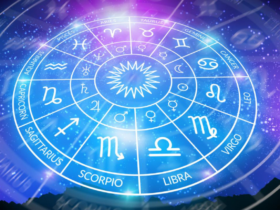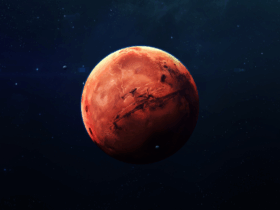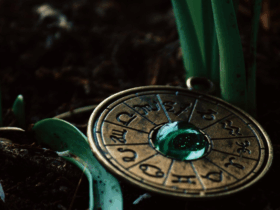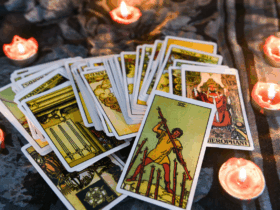Tarot, a mystical deck of cards often associated with fortune-telling and divination, has intrigued and fascinated people for centuries. While its origins date back to the 15th century, the psychological aspects behind Tarot have sparked considerable interest in modern times. Beyond its mystical allure, Tarot holds a compelling connection to the subconscious mind, inviting exploration into the intricate workings of psychology.
At its core, Tarot comprises a deck of 78 cards, each adorned with symbolic imagery representing archetypes, elements, and various life experiences. These cards are typically divided into two main groups: the Major Arcana and the Minor Arcana. The Major Arcana consists of 22 cards, embodying significant life themes and universal lessons, while the Minor Arcana, akin to a regular playing card deck, includes four suits (Cups, Swords, Pentacles, and Wands), delving into more specific day-to-day situations.
The power of Tarot lies in its ability to tap into the subconscious mind. When a person engages with Tarot, whether as a reader or a querent seeking guidance, the process initiates a dialogue between the conscious and unconscious realms. As the cards are shuffled and drawn, the subconscious mind connects with the symbols, colors, and patterns, triggering intuitive responses and associations.
Psychologically, Tarot operates through mechanisms such as symbolism, introspection, and the projection of one’s thoughts and emotions onto the cards. Carl Jung, a prominent psychologist, acknowledged the significance of symbols in the human psyche and proposed the concept of archetypes—the universal symbols or themes residing in the collective unconscious. Tarot cards, with their rich symbolism, resonate deeply with these archetypes, evoking profound psychological responses.
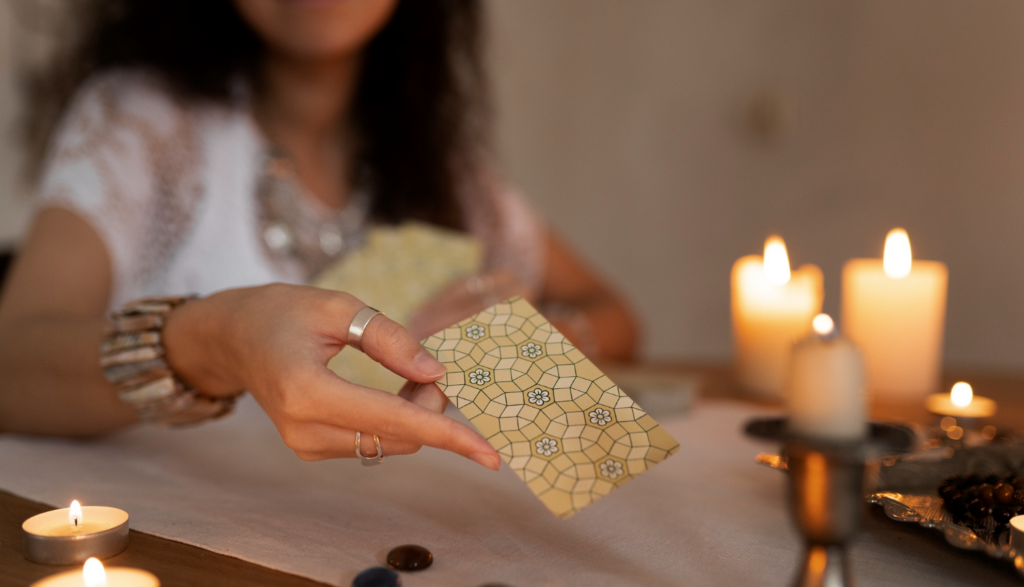
The act of interpreting Tarot cards involves introspection and reflection. Both the reader and the querent engage in a process of self-examination, exploring their feelings, thoughts, and subconscious motivations. Through the cards’ imagery and the narrative they construct, individuals often find resonance with their innermost experiences, leading to insights, clarity, and a deeper understanding of their situation.
Related: How Witches Use Tarot to Connect with the Spirit World
Tarot readings offer a safe space for individuals to project their thoughts and emotions onto the cards. This projection allows individuals to externalize their internal struggles or desires, enabling a detached perspective that fosters objectivity and facilitates problem-solving or decision-making processes.
The impact of Tarot on the subconscious varies for each person. Some may find solace in its guidance, feeling validated or empowered by the insights gained. Others might view it as a tool for self-reflection, using the cards as a catalyst for personal growth and introspection.
It’s essential to recognize that while Tarot provides a channel for exploring the subconscious, it doesn’t possess inherent mystical powers to predict the future. Instead, it serves as a reflective tool that encourages individuals to tap into their inner wisdom and navigate life’s complexities with greater self-awareness.
The psychology behind Tarot reveals its profound influence on the subconscious. Through symbolism, introspection, and the engagement of archetypes, Tarot offers a pathway to deeper self-understanding and insight. Embracing its psychological facets allows individuals to embark on a journey of self-discovery, unlocking the mysteries of the mind and gaining a more profound understanding of their lives.
Related: How Your Zodiac Sign Aligns with the Forces of Nature





